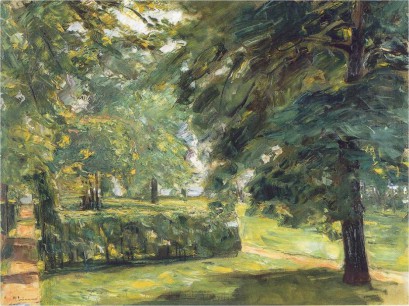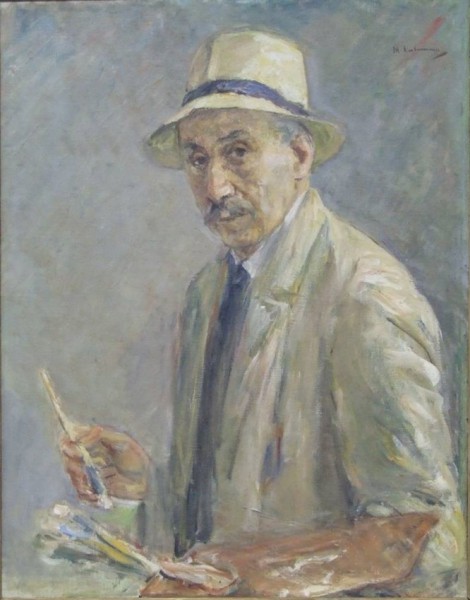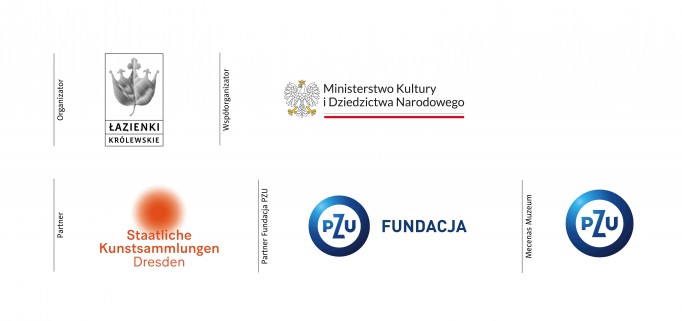

The works of Max Liebermann, one of the most influential artists of German Impressionism, are on display at the Royal Łazienki Museum from 15 December 2022 to 2 April 2023. The exhibition consists of two paintings created in the final phase of the artist’s activity – "Park Landscape" and "Self-Portrait".
The exhibition has been prepared by the Royal Łazienki Museum in partnership with the Dresden State Art Collections (Staatliche Kunstsammlungen Dresden), from which both works come from. The exhibition is part of a project that brings together the work of prominent European artists who departed from academism and opened the art of late 19th and early 20th centuries to new directions. The paintings of one of the most eminent German Impressionists are on display at the Royal Łazienki Museum, following the works of Auguste Rodin, the precursor of modern sculpture.
Max Liebermann’s works are shown in the Picture Gallery at the Palace on the Isle where they contrast with the collection of King Stanisław August housed there. It is a combination of different perspectives on the paintings of artists from different eras.
The exhibition is open on Tuesday, Wednesday, Thursday and Sunday from 10:00 to 16:00 and on Friday and Saturday from 10:00 to 17:00.
Liebermann’s oeuvre
Before Max Liebermann (1847-1935) discovered the work of the French Impressionists, he experimented with realism, creating genre and religious scenes. The artist was inspired by the works of the Dutch masters. Paintings by Rembrandt or Rubens had such a strong influence on his style that scholars point out that the influence of Dutch art is just as noticeable in German Impressionism as that of the French art. Liebermann didn’t become acquainted with the latter until the 1890s. He then began to collect paintings of French Impressionists himself, creating the most extensive collection of Manet’s works in Germany. Knowledge of impressionism spread not only through private collections, but also through numerous exhibitions at the Berlin Secession, which Liebermann co-founded.
After 1900, impressionism became the strongest feature in the artist’s work. Then, the characters of the peasants were replaced by wealthy burghers, with their refined lifestyle at horse races, in cafes, on beaches or sailing regattas. Human figures in motion, scenes of bathing children, portraits or garden views created in the painter’s Berlin villa became popular motifs. In addition to his oil works, the artist created countless pastels, drawings and graphics; he also illustrated works by Goethe, Kleist or Fontaine.

The exhibition "Turning towards the light. Max Liebermann at the Royal Łazienki Museum" was funded from the PZU Foundation.
